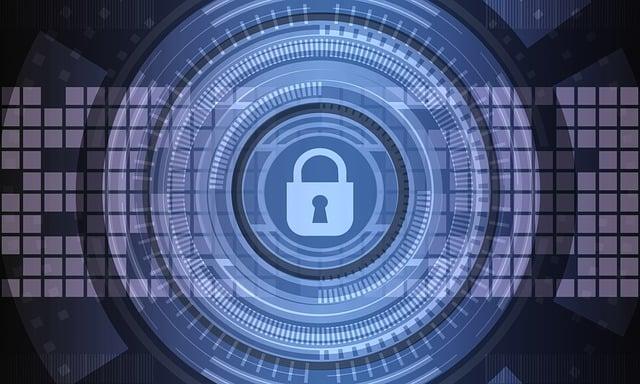
Safeguarding business from emerging Cyber threat vectors
Important strategies that Risk, Digital, and Cyber Security leaders can use to enhance their organization's security posture.
As the world becomes increasingly interconnected, cybersecurity has emerged as a crucial concern for organizations across all sectors and sizes. With the ever-expanding adoption of technology, cybercrime has become more sophisticated, underscoring the need for organizations to prioritize protection against cyber-attacks.
Here are some key considerations that Risk, Digital, and Cyber Security leaders can leverage to strengthen their organization's security posture against cybercrime.
Implement strong passwords and use multi-factor authentication
One of the simplest ways to protect against cybercrime is to implement strong passwords and multi-factor authentication. A strong password should be at least 8 characters long and contain a mix of upper and lowercase letters, numbers, and symbols. Multi-factor authentication (MFA) is a way to add an extra layer of security to a password by requiring users to provide two or more forms of identification, such as a password and a fingerprint or a password and a security token. By using MFA, organizations can ensure that even if a password is compromised, the attacker will still be unable to access sensitive information.
Regularly update software and devices
Another key step in safeguarding against cybercrime is to ensure that all software and devices are regularly updated. Software updates often include patches to fix security vulnerabilities, so installing them as soon as they become available is important. In addition, organizations should keep all devices, including computers, laptops, smartphones, and tablets, up to date with the latest operating system and security software.
Conduct regular security audits
Organizations should conduct regular security audits to identify and address any potential security weaknesses. This can be done internally by a dedicated security team or by using an external security consultant. The results of a security audit can be used to prioritize security improvements and ensure that the organization's security posture remains strong.
Educate employees on cybersecurity best practices
Education is key to preventing cybercrime. Employees should be trained on best practices for protecting sensitive information, such as creating strong passwords, recognizing phishing emails, and avoiding falling for social engineering tactics. Organizations should also provide employees with regular updates on the latest threats and best practices for protecting against cybercrime.
Use encryption
Encryption is a powerful tool for protecting sensitive information from cybercriminals. By encrypting sensitive data, organizations can ensure that even if an attacker gains access to the data, they will not be able to read or use it. Encryption should be used for both in-transit and at-rest data, and organizations should consider using encryption for both data stored on devices and in the cloud.
Have a disaster recovery plan
In the event of a cyber-attack, having a disaster recovery plan in place is critical. A disaster recovery plan should include steps for responding to a cyber attack, such as isolating affected systems, restoring data, and communicating with stakeholders. Organizations should also regularly test their disaster recovery plan to ensure that it will work as intended in the event of a real attack.
Partner with a managed security service provider (MSSP)
Finally, organizations can protect themselves against cybercrime by partnering with a managed security service provider (MSSP). An MSSP can provide expert advice, monitoring, and response capabilities to help organizations stay ahead of the latest threats and minimize the impact of a security breach.
Cybercrime is a growing threat that requires organizations to take proactive measures to protect themselves. By following the Cyber Safety best practices outlined digital, cybersecurity professionals can help their organizations stay ahead of the latest threats and minimize risk exposure

 In
In
Add new comment